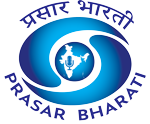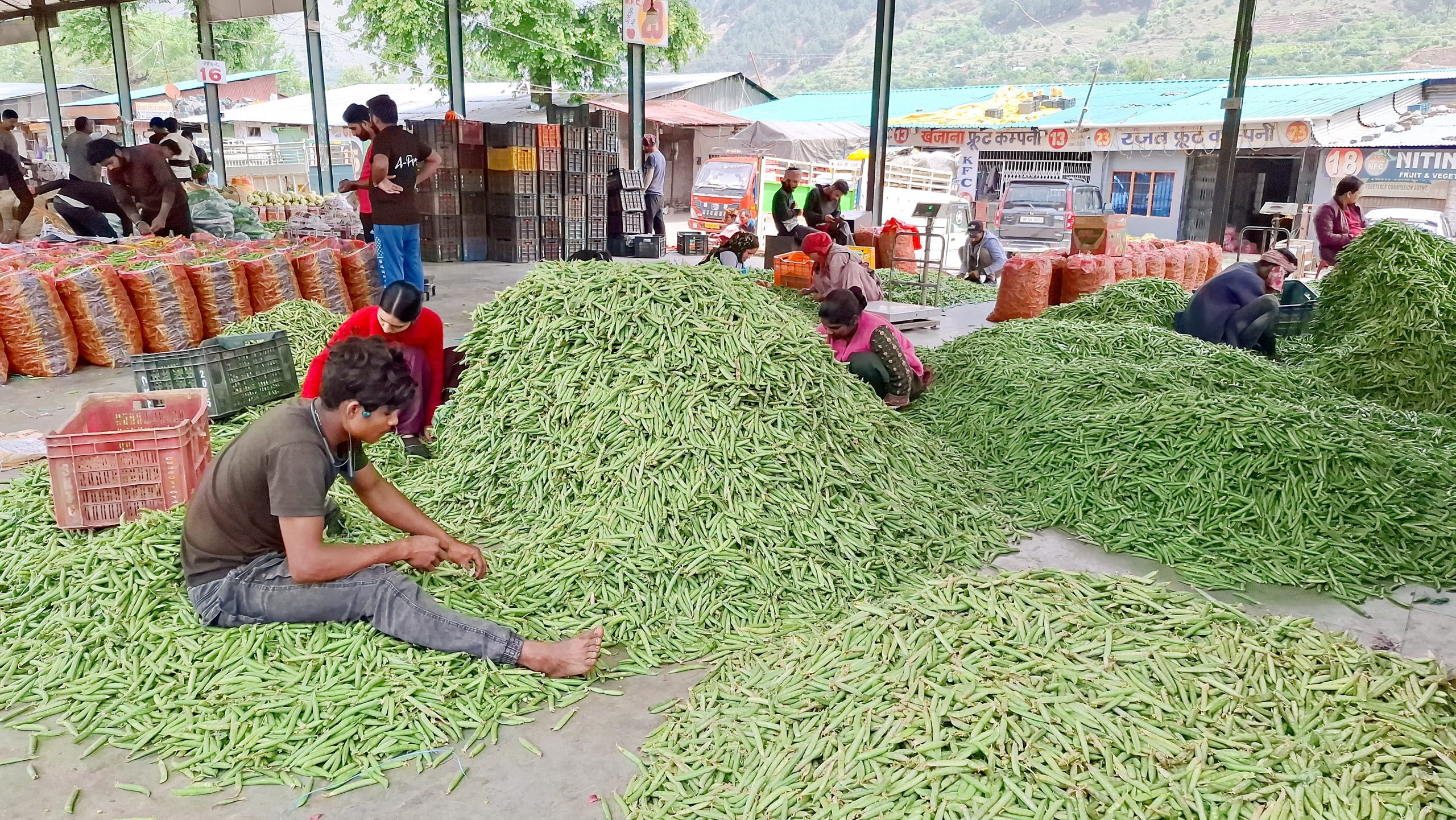India’s retail inflation has averaged around 5% over the last 11 years, showing a steady decline in recent months and reaching a more than six-year low of 2.1% in June 2025.
According to data from the Finance Ministry, the average inflation during Prime Minister Narendra Modi’s tenure stands at 5.1%, a significant drop compared to the 8.1% in the UPA regime.
Between January 2012 and April 2014, during the UPA era, retail inflation remained above 9% for 22 out of 28 months. During its final three years (2011–2014), India experienced an average retail inflation of 9.8%, despite relatively stable global inflation of around 4-5%, a senior official noted.
In contrast, under the Modi government, retail inflation has largely remained below 5%, never breaching the 8% mark. This decline in inflation has eased the cost of living, leaving people with more disposable income. Higher purchasing power drives demand for industrial goods, boosting economic growth and job creation.
Persistent high inflation disproportionately affects low-income groups by making essential goods unaffordable. Therefore, keeping inflation in check is critical for inclusive development.
The latest data for June 2025 shows a notable decline in food prices, with the annual food inflation rate turning negative at -1.06%. Compared to May 2025, food inflation in June dropped by 205 basis points, marking the lowest rate since January 2019. This decline is largely attributed to falling prices of vegetables, pulses, meat, and spices.
Meanwhile, the Reserve Bank of India has revised its inflation outlook for 2025–26 downward -from its earlier forecast of 4% to 3.7%, according to RBI Governor Sanjay Malhotra.
CPI inflation for FY 2025–26 is now projected at 3.7%, with quarterly projections at 2.9% for Q1, 3.4% for Q2, 3.9% for Q3, and 4.4% for Q4. The RBI noted that the near – and medium-term inflation outlook suggests a durable alignment with the 4% target and possibly even a marginal undershooting during the year.
(IANS)














